Hip and Low Back Pain - Spotlight on the Thorocolumbar Junction
Having persistent hip or groin pain that just won’t go away? Already tried exercises specifically for these areas without seeing much improvement? Looking for ways to find the source of the pain and get rid of it for good? Take a look at the back! If you are someone who gets hip pain when running, pain in the front or side of the hip with squats and stairs, or pain in the groin area during weightlifting, chances are that your back may be involved.
Hip/groin pain is a common complaint in medicine, with millions of people seeking care for hip pain every year. Historically, treatment has been pretty straightforward: target the specific areas in question, namely the hip joint and surrounding structures. In general, it makes sense - if something hurts, treat the areas that hurt! Examples of diagnoses local to the hip include femoroacetabular impingement (FAI), labral tears, hip osteoarthritis, and hip bursitis. Though some patients respond well to this treatment approach, there are many others who continue to deal with persistent hip and groin pain despite local treatment. So, this begs the question: where do we go from here?
Example of hip pain in a runner
Evaluating and treating the thoracolumbar spine is an undervalued and underutilized strategy for patients with persistent hip and groin pain. Treatment to this area has been shown to improve symptoms and function in patients with hip and groin pain. The TLJ typically involves the transition, or “junction,” between the thoracic and lumbar regions (T10 and L2). Generally speaking, the thoracic and lumbar regions have different functions based on their structure and biomechanics. The thoracic spine, being the mid or upper back, is responsible for much of the rotation we do on a daily basis. On the other hand, the lumbar spine, or the low back, has very little ability to rotate and instead contributes to forward and backward bending. The junction between the two regions requires fluid movement and bears significant stress during movements such as squatting, running, and rotational activities. As a result, many injuries happen at the junction between T12 and L1. Due to the involved nature of spinal segments with one another, impairments really happen anywhere between T9 and L2.
Illustration of the vertebral column, with junctions between each region labeled
Dysfunction in this region has been termed TLJ syndrome, spinal dorsal ramus-mediated pain, or Maigne syndrome. First expressed by Maigne in 1972, TLJ syndrome is an often overlooked source of hip and groin pain. For patients with TLJ syndrome, primary pain complaints are hip and groin pain, with the low back being a less likely source of primary pain. Symptoms can also present in the abdomen, pubic region, pelvis, buttock, and genitals. Studies have suggested that activities involving repetitive movements and sports involving thoracic rotation may contribute to these symptoms through excessive stress being placed on the TLJ. Examples of these activities include weightlifting, football, golf, hockey, and horseback riding.
So my back is the problem, why am I feeling pain in my hip?
The idea of “referred pain” comes into play here. Referred pain is pain felt in an area other than the actual site or origin of the pain itself. In the context of TLJ syndrome, pain actually radiates from the TLJ region and travels to areas such as the groin, buttock, and outer hip.
Illustration outlining common referral patterns from the TLJ: (1) TLJ, (2) pain referred into the groin, (3) pain referred into the buttock, and (4) pain referred into the outer thigh
What’s next?
So, now that we know hip and groin pain can come from the back, what can we do about it? Studies have shown that treatments directed to the TLJ can make a significant impact on hip and groin pain due to the referred nature of the pain. So, in essence, treat the pain at its source! A combination of joint mobilization and exercise focusing on improving thoracic/lumbar range of motion, increasing strength, and restoring functional mobility is a great recipe towards getting rid of that stubborn pain for good.




